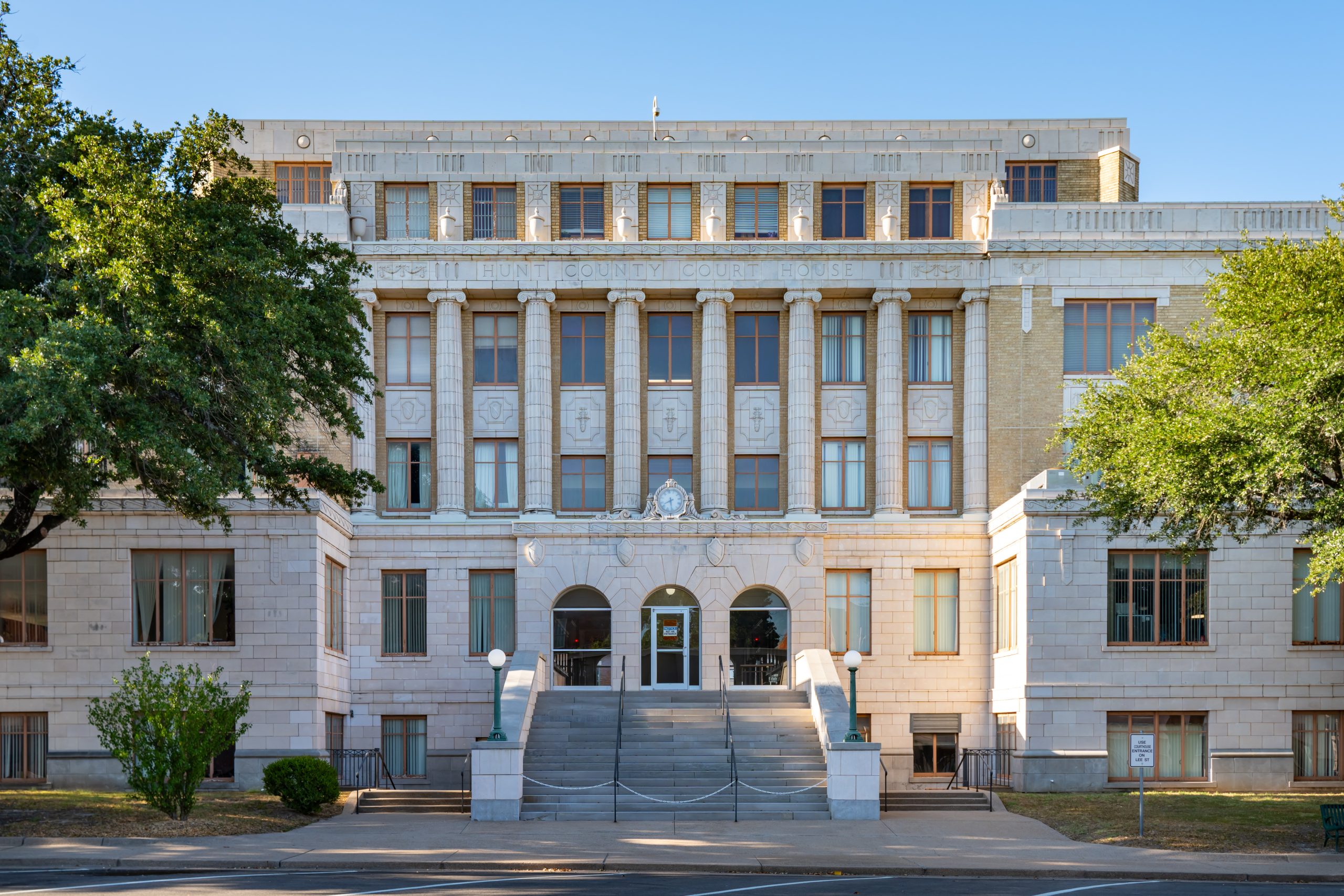The University of New Mexico has pledged a sweeping overhaul of its campus safety policies after the fatal shooting of a 14-year-old boy in a residence hall last month. Speaking to students, staff, and the media during an August 1 briefing, university leaders detailed both immediate and long-term changes aimed at closing security gaps and restoring trust in the institution’s ability to keep its community safe.
The briefing came in the wake of the July 25 shooting at the Casas del Rio dormitories, which left Michael LaMotte dead and another youth wounded. Police say the suspects were not enrolled at UNM.
This fact has fueled questions over how outsiders gained access to student housing and whether the university’s current security measures are sufficient for an urban campus of its size. The shooting has shaken the campus and surrounding neighborhoods, sparking difficult conversations about how an open, public university can protect its students without shutting itself off from the community it serves.
President Garnett S. Stokes opened the session by acknowledging the grief felt across campus and offering condolences to LaMotte’s family. She said the safety of the campus comes before everything else and asked students, faculty, and staff to help strengthen it.
“This is not the work of administrators alone,” Stokes said. “It’s a collective effort to protect one another.” Her call for collaboration set the tone for a briefing that alternated between policy commitments and appeals for community engagement.
Executive Vice President Teresa Constantinidis said the university has begun a top-to-bottom review of its safety policies and day-to-day security practices. The goal, she explained, is a “thoughtful analysis” — not only to address the weaknesses revealed by the shooting but also to create safeguards strong enough to stop future incidents before they happen. Constantindis also confirmed that these safety policies are already in motion, with officials looking at everything from who can get into residence halls to how fast emergency alerts go out.
In its press release, the university provided updates on several projects tied to that review as already underway. These efforts include new fencing installed around student housing, more buildings converted to key-card access, and additional lighting going up in areas where dim conditions have long made people uneasy at night.
She said that work on the review has already begun, with officials looking closely at everything from how people get into campus buildings to how quickly emergency messages reach students and staff. University updates describe several of these projects as already moving forward: new fencing is going up around residence halls, more buildings are being switched to key-card entry, and extra lighting is being added in spots where poor visibility has long made people uneasy.
Other outdated emergency systems, such as Blue Light phones, are being replaced with brighter, more reliable units, and upgrades to the Lobo Alert system to improve the speed and reach of emergency notifications.
These steps build on more than $20 million invested in safety enhancements over the past five years, including lighting, cameras, and access controls. This figure, officials say, underscores the scale of the university’s commitment to security.
President Stokes is also putting more emphasis on training, from how to respond in an active-shooter situation to understanding and preventing sexual harassment. Those sessions are being reviewed and updated so they reflect current risks and reach everyone on campus.
Picking up on that theme, Police Chief Joseph Silva stressed the need for vigilance as he reminded the audience of UNM’s zero-tolerance policy on firearms. He also urged students and staff to speak up about anything that feels unsafe. “If you see something, say something,” he said, noting that the department is working on practical ways to help people recognize and report potential threats sooner.
As part of a push to make the campus perimeter more secure, UNM recently bought the former Motel 6 on Avenida César Chávez. The property, which sits near the South Campus entrance, will be redeveloped into a safer and more welcoming gateway for students and visitors.
UNM officials note that LoboAlerts are not limited to enrolled students, faculty, and staff. Parents, community members, and others without a UNM account can receive alerts by following LoboAlerts on Twitter or Facebook, or by registering through the UNM Community text platform. The system is designed to share critical updates with anyone who signs up, including people outside the immediate campus.
The shooting at Casas del Rio exposed some clear gaps in how the campus is secured, from how easily outsiders were able to get inside a dorm to how long it took for word of the danger to spread. In the days since, university leaders have pointed to those failures as the driving force behind their safety plans. Some changes, like brighter lighting and stepped-up patrols, are already visible on campus, while larger projects will take more time to finish.
For President Stokes, the challenge now is turning plans into lasting change. “We can’t undo what happened,” she said. “But we can honor Michael’s memory by making sure our campus is safer for everyone who calls it home.” Whether that goal becomes reality will depend on more than fences, lights, and alerts — it will rest on how fully students, faculty, and neighbors join the effort to watch out for one another.




